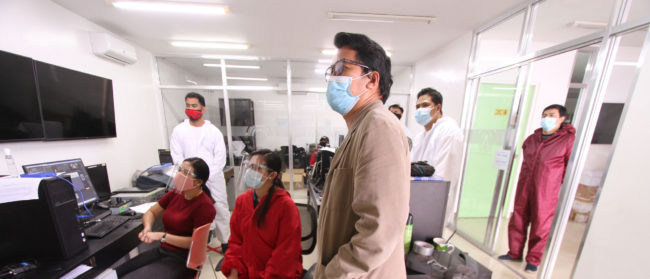Alastair McCready is the Lead Editor at Southeast Asia Globe. He regularly posts about Southeast Asian affairs and history on his Twitter account.
This collection of images of mid-1960s Manila show the Filipino capital sitting at the nexus of heritage and modernity – a sleek yet characterful city largely unrecognisable from the current-day metropolis.
A city of just over three million people at that time (today Metro Manila plays host to 14 million residents) yet to be built were the mass transit systems, shopping malls and copious indistinguishable condominium towers that have radically changed the complexion of the city in the years since.
The 1960s was a time of change and firsts for Manila. It was a decade that saw the the city’s first pedestrian underpass constructed in 1960, its first science high school established in 1963, its first city-run university inaugurated in 1965, as well as its first city-run hospital opened in 1969.
Visible is a blossoming city that has just emerged from its “golden era” in the 1950s, yet to feel the worst effects of what would be a brutal two decades under dictator Ferdinand Marcos, President of the Philippines from 1965 to 1986 – a period marked by economic turbulence and political violence. Decades before the plastic bag boom of the late-1980s, the streets of downtown and the crystal-blue waters of Manila Bay look notably trash-free.
While the first freshly-paved highways are laid and modernist blocks erected, the city still retains distinct outward markers of influence from the country’s different eras under colonial rule.
Spanish-style volante horse-drawn carriages mingle in the streets with crimson Pontiacs – General Motors’ generation-defining car of 1960s America. Baroque Spanish colonial architecture and 20-feet-high Pepsi Cola advertisements – somehow complimentary in their aesthetic disunity – harmoniously coexist side-by-side in downtown. On Escolta Street, the distinctly Spanish monikered Rebullida department store stands next to a movie theatre showing 1968 ultra-violent Western war romp The Mercenaries.
Enjoy this rare glimpse of an altogether different face of Manila.
The exact dates and locations of many of these images are unknown. The photos have been republished with the consent of the The American Geographical Society Library, University of Wisconsin-Milwaukee Libraries.
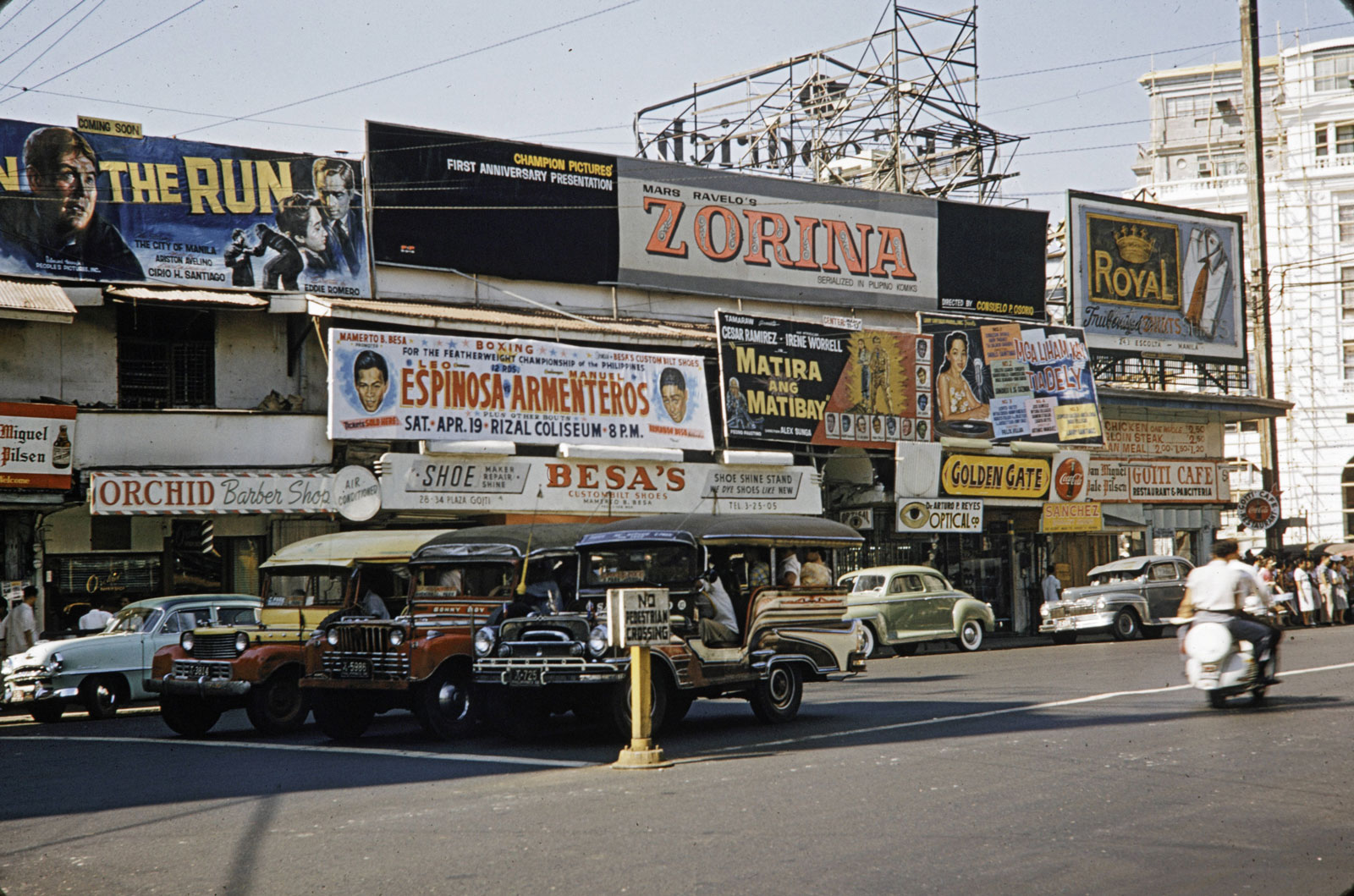
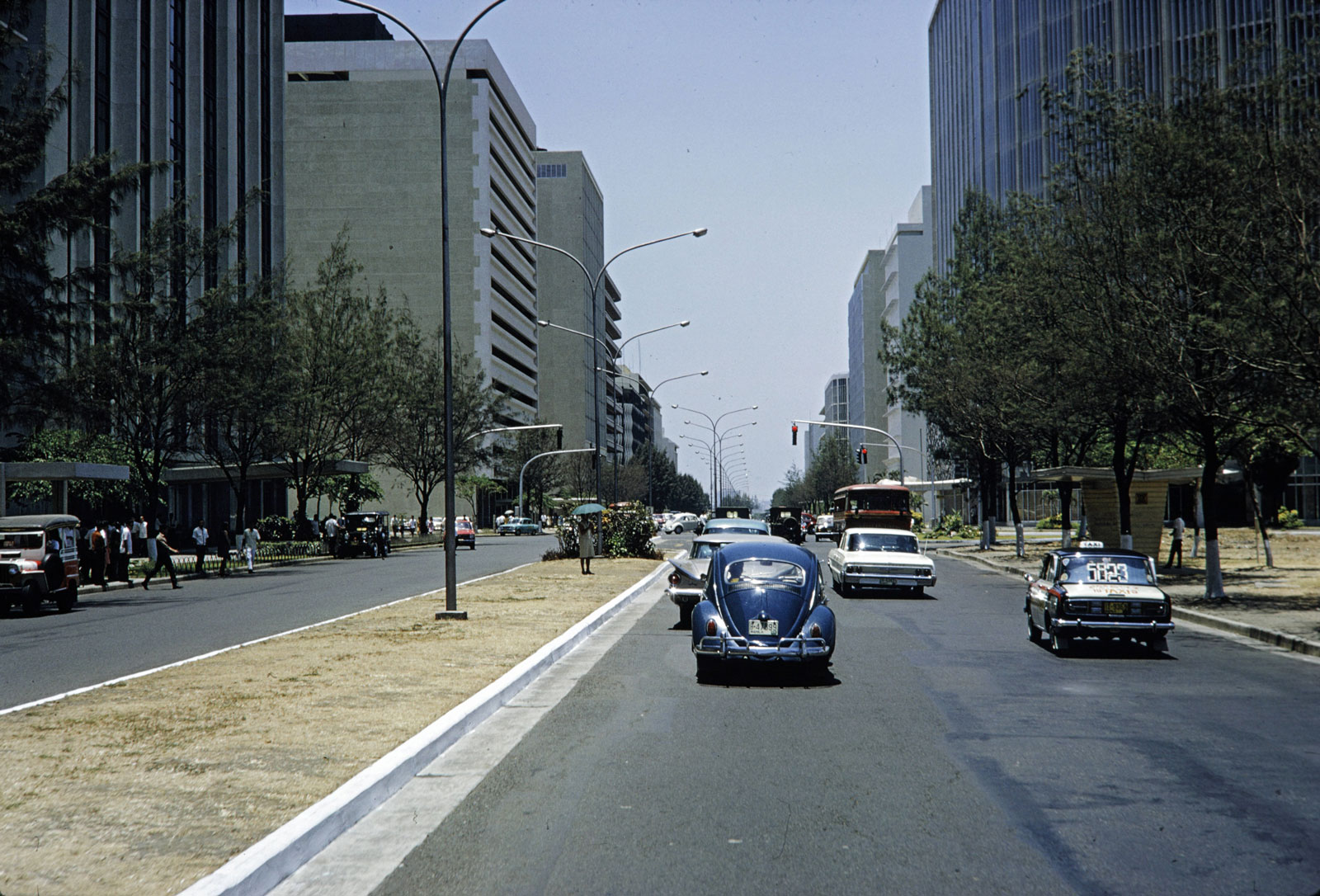
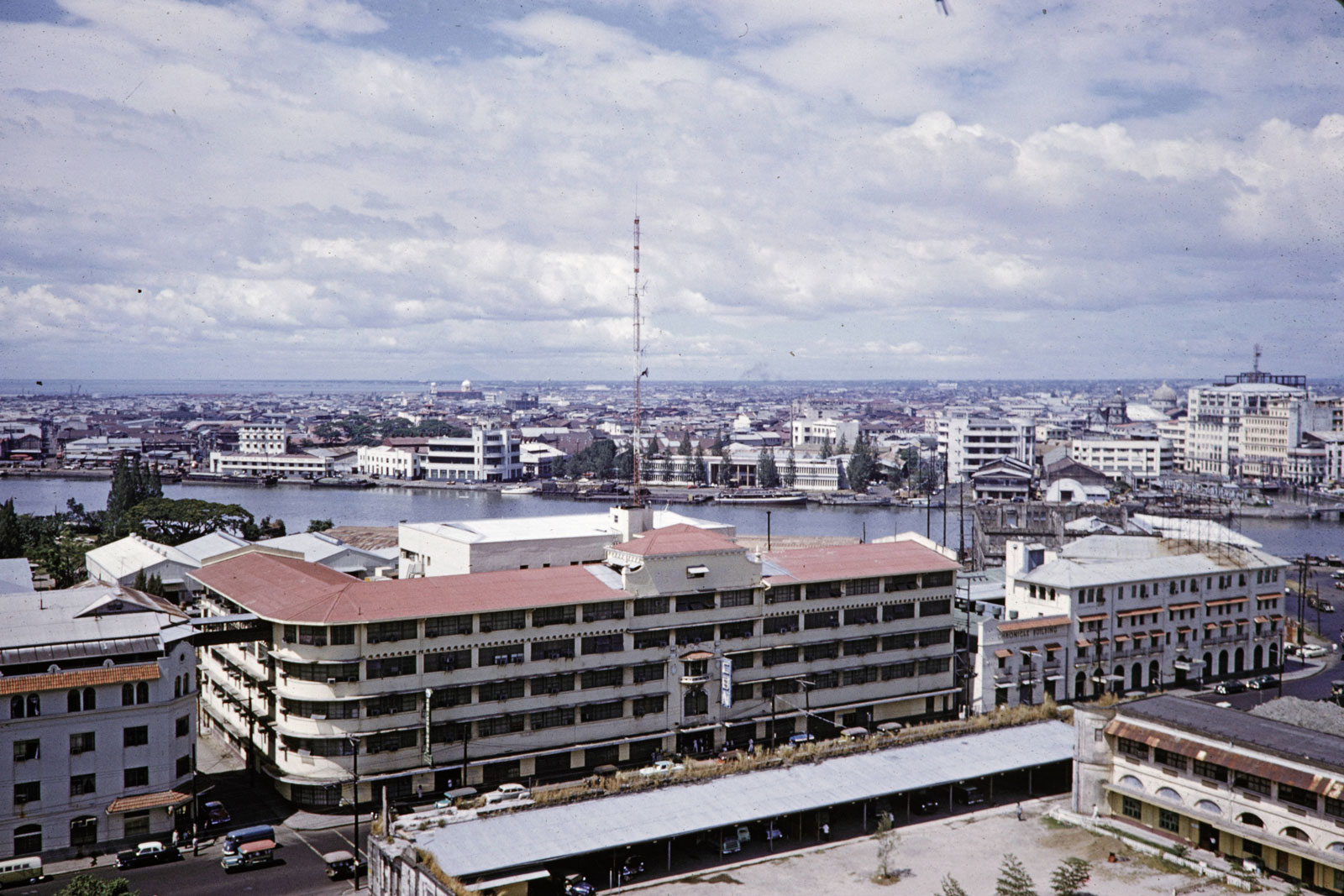
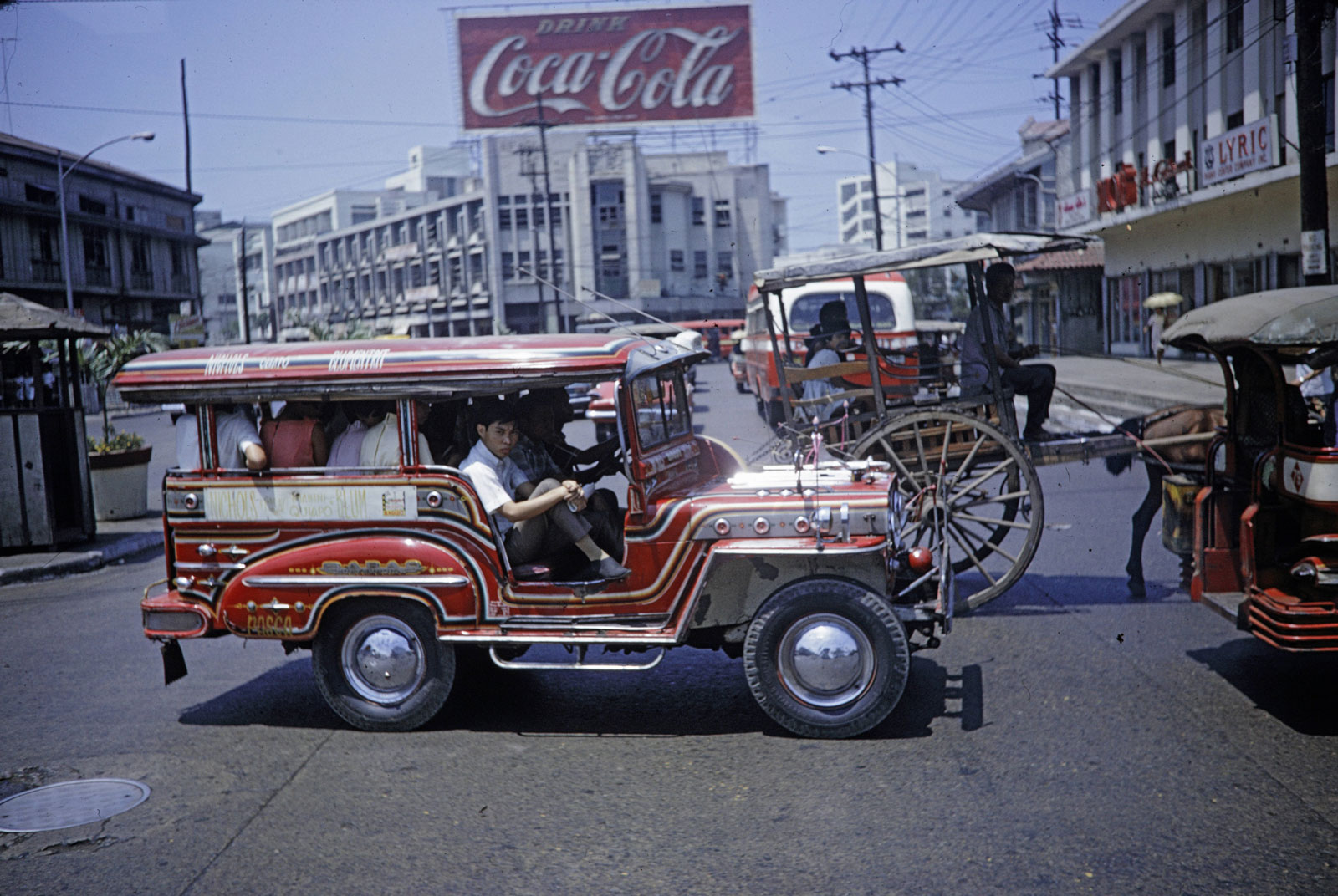
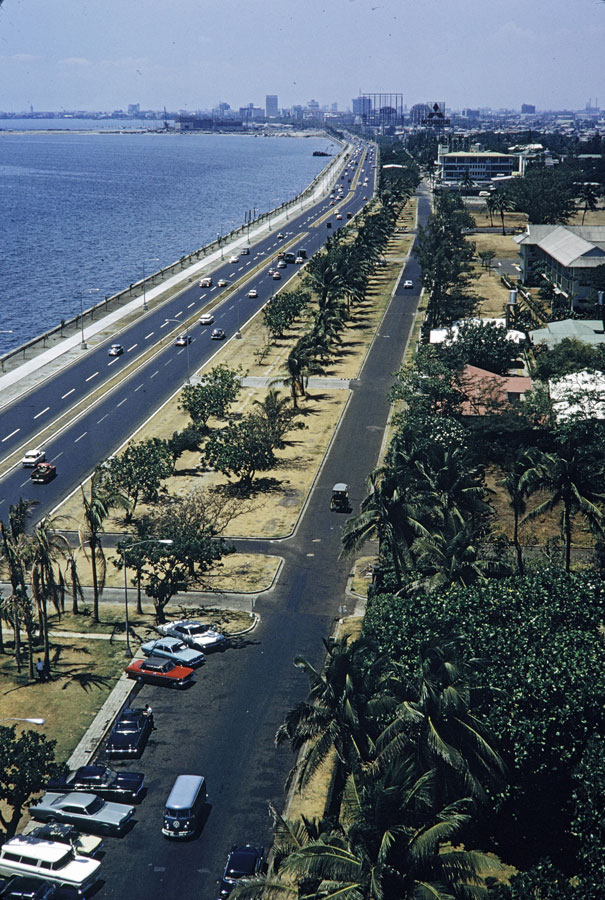
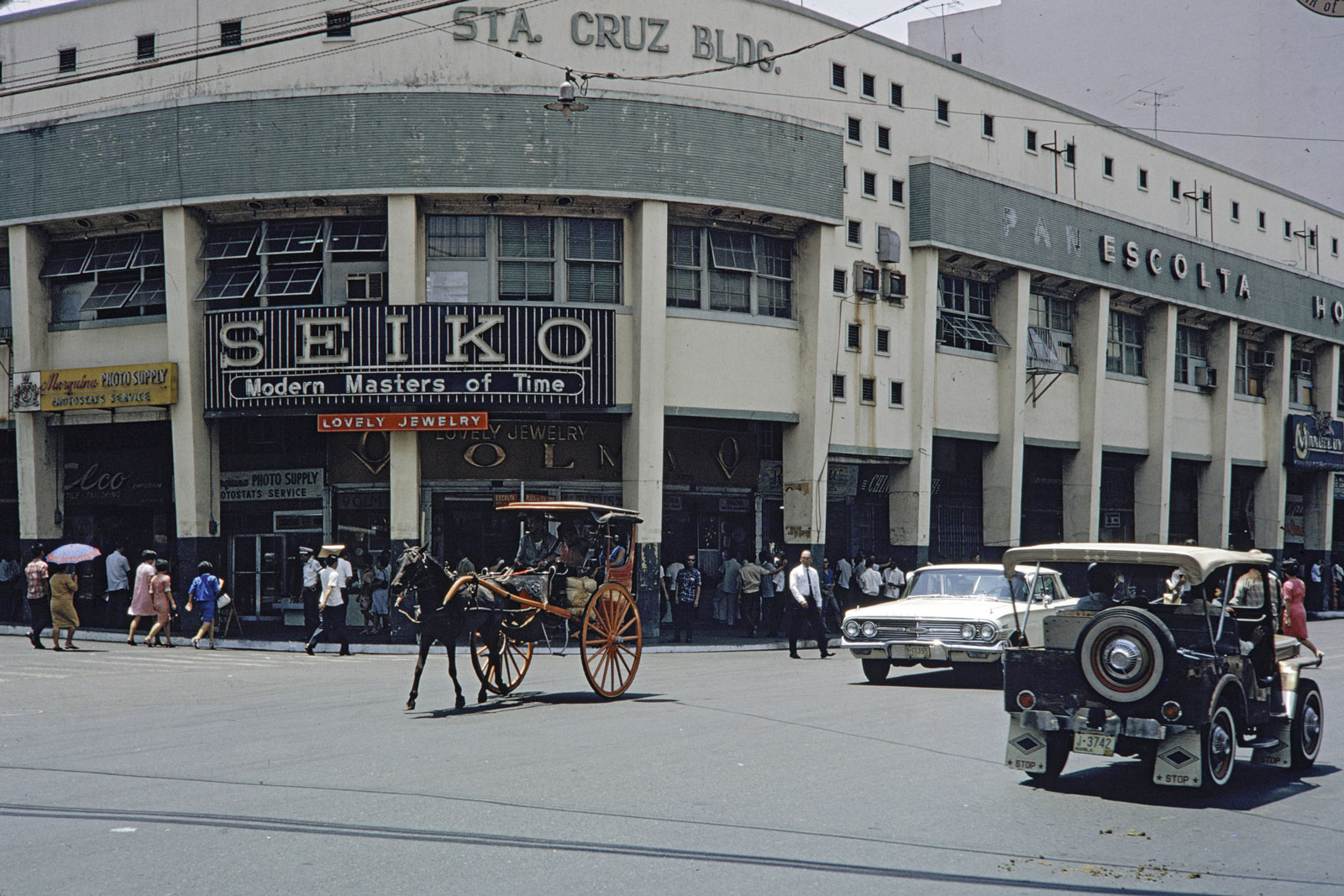
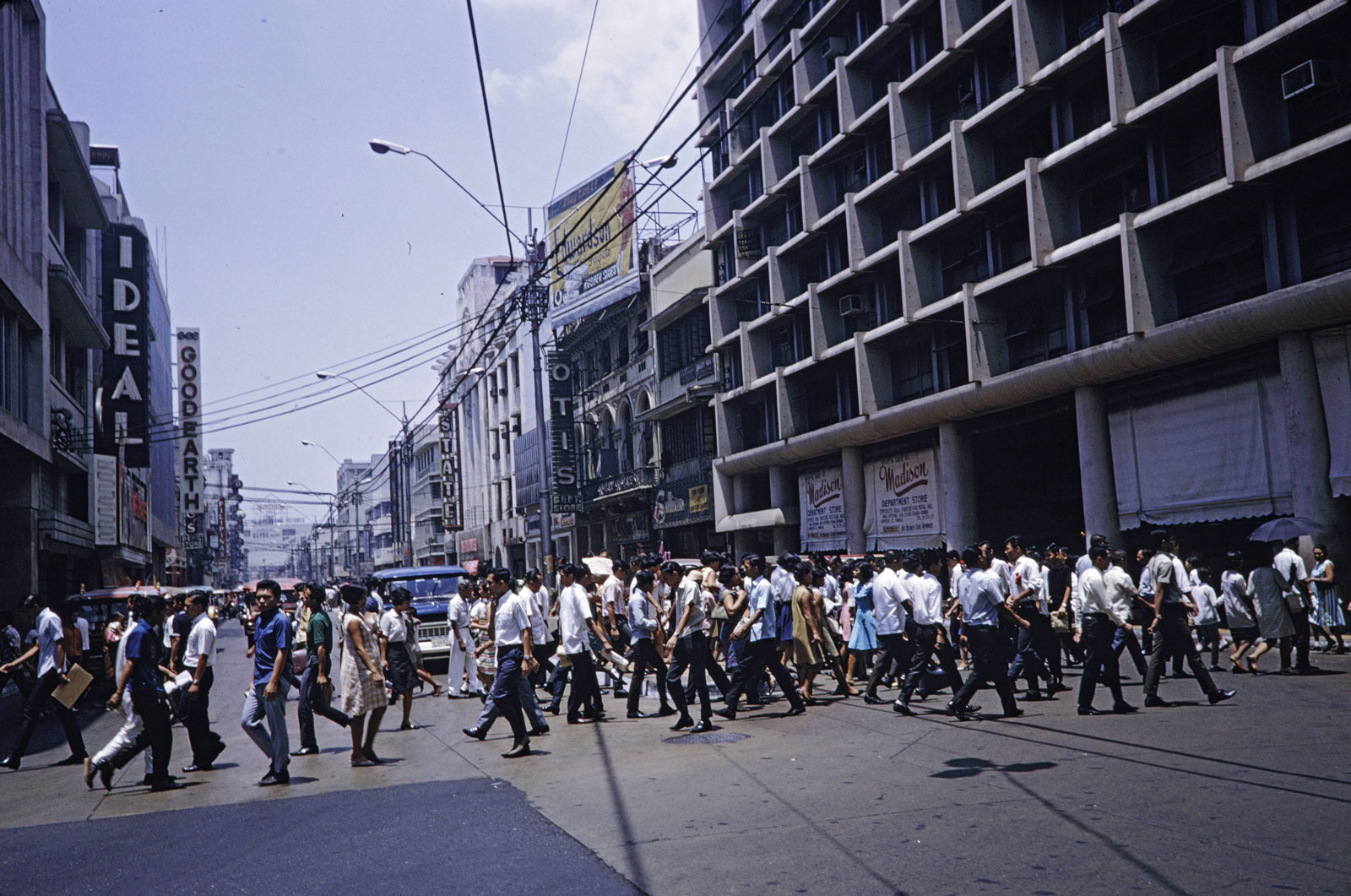
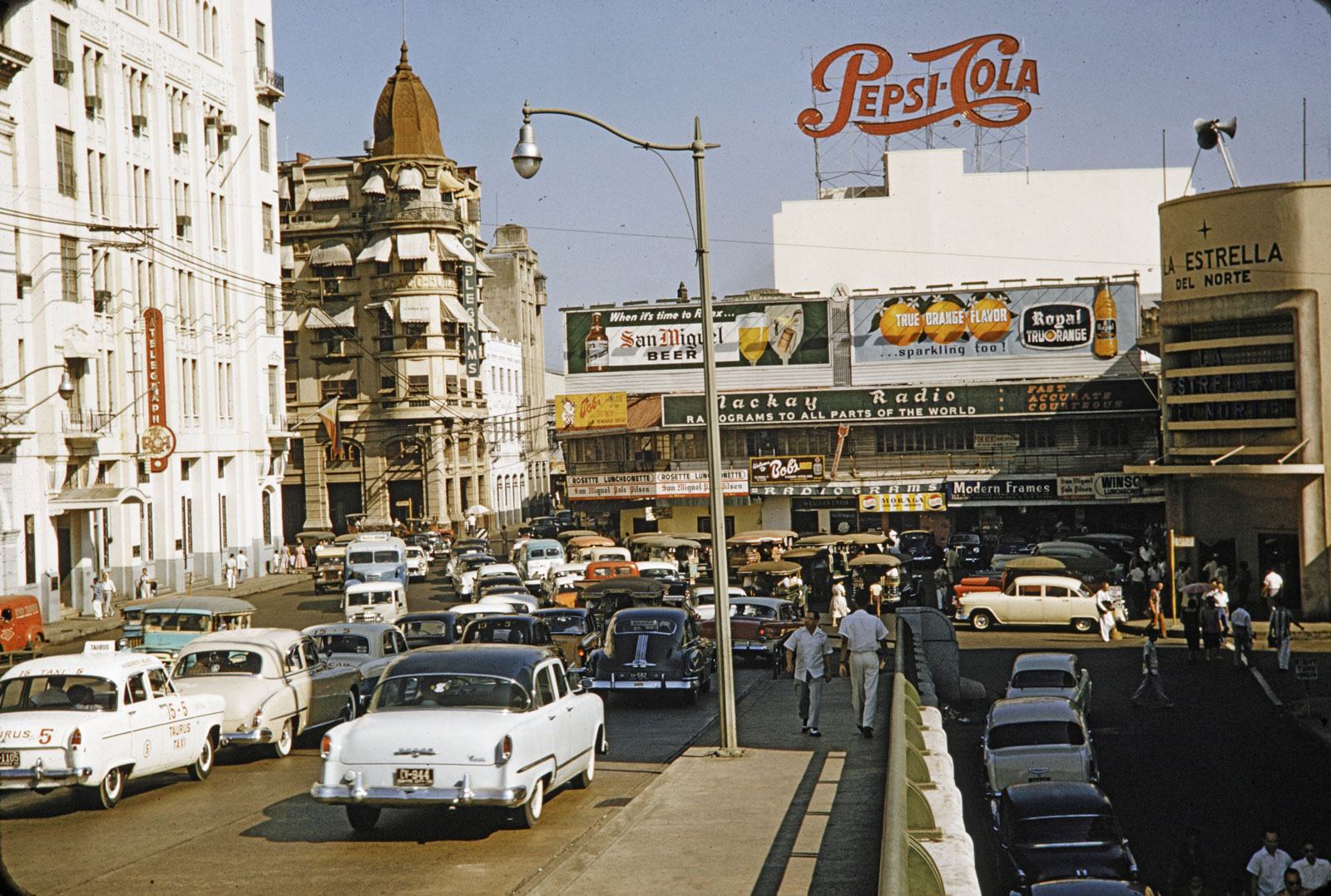
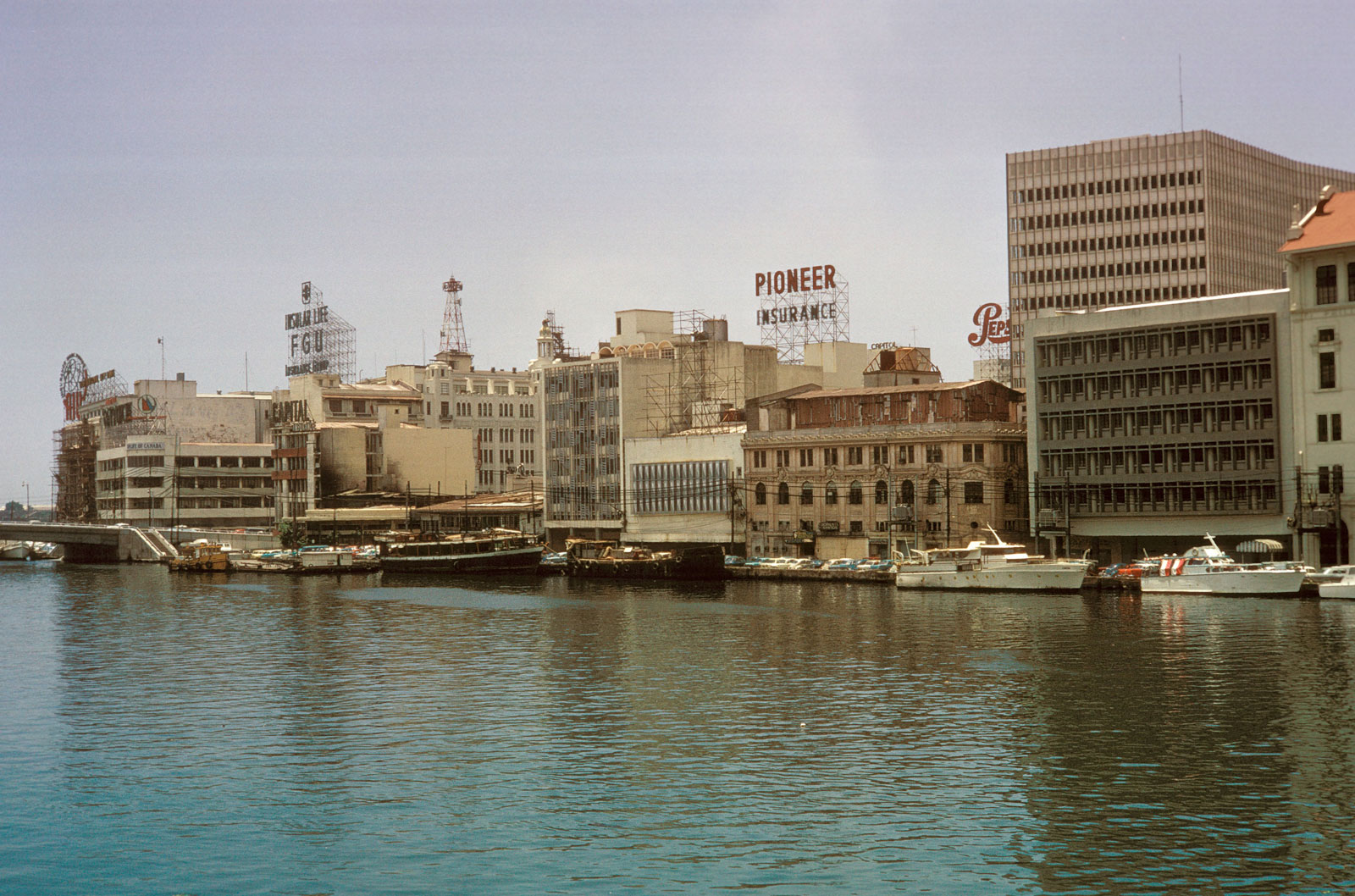
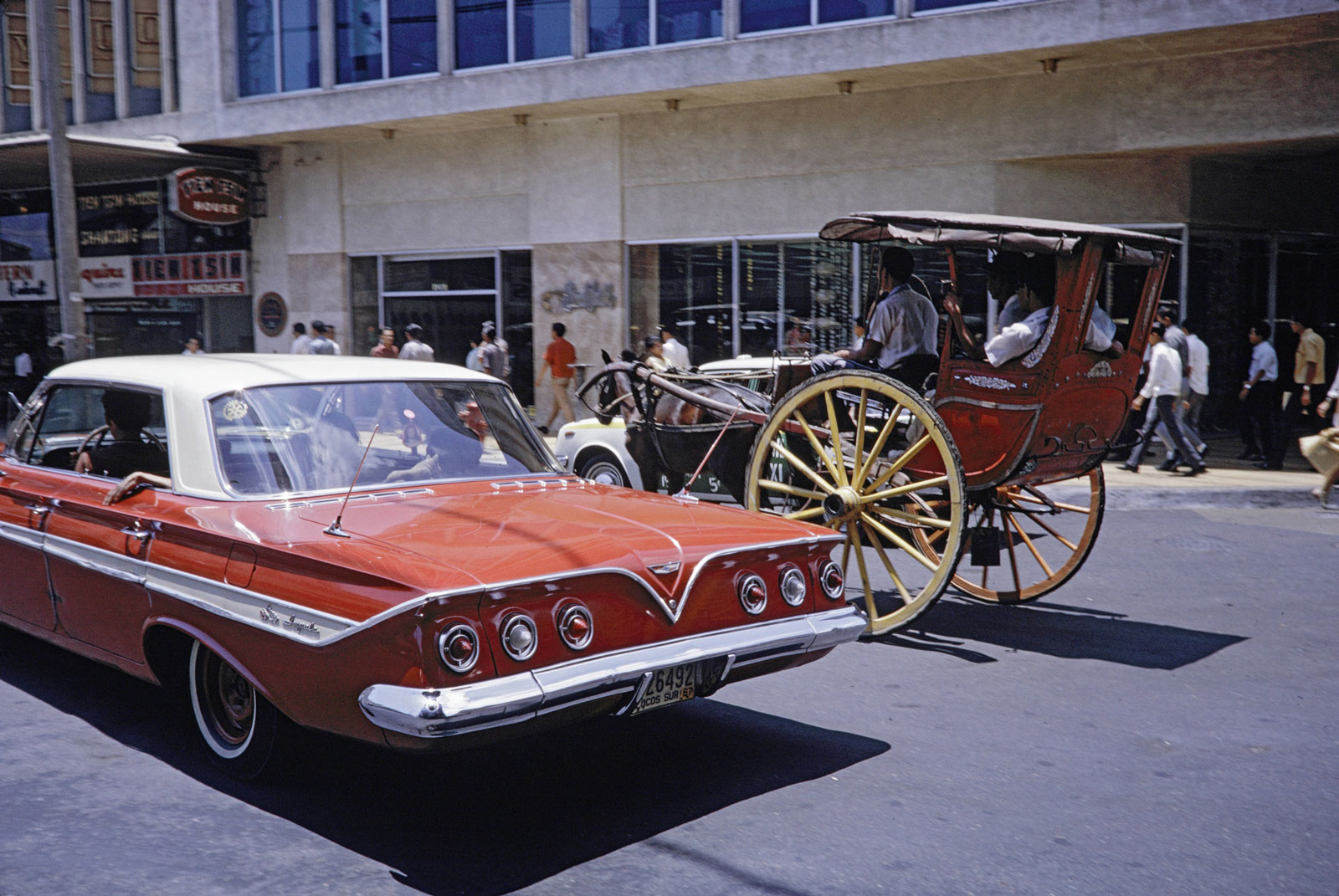
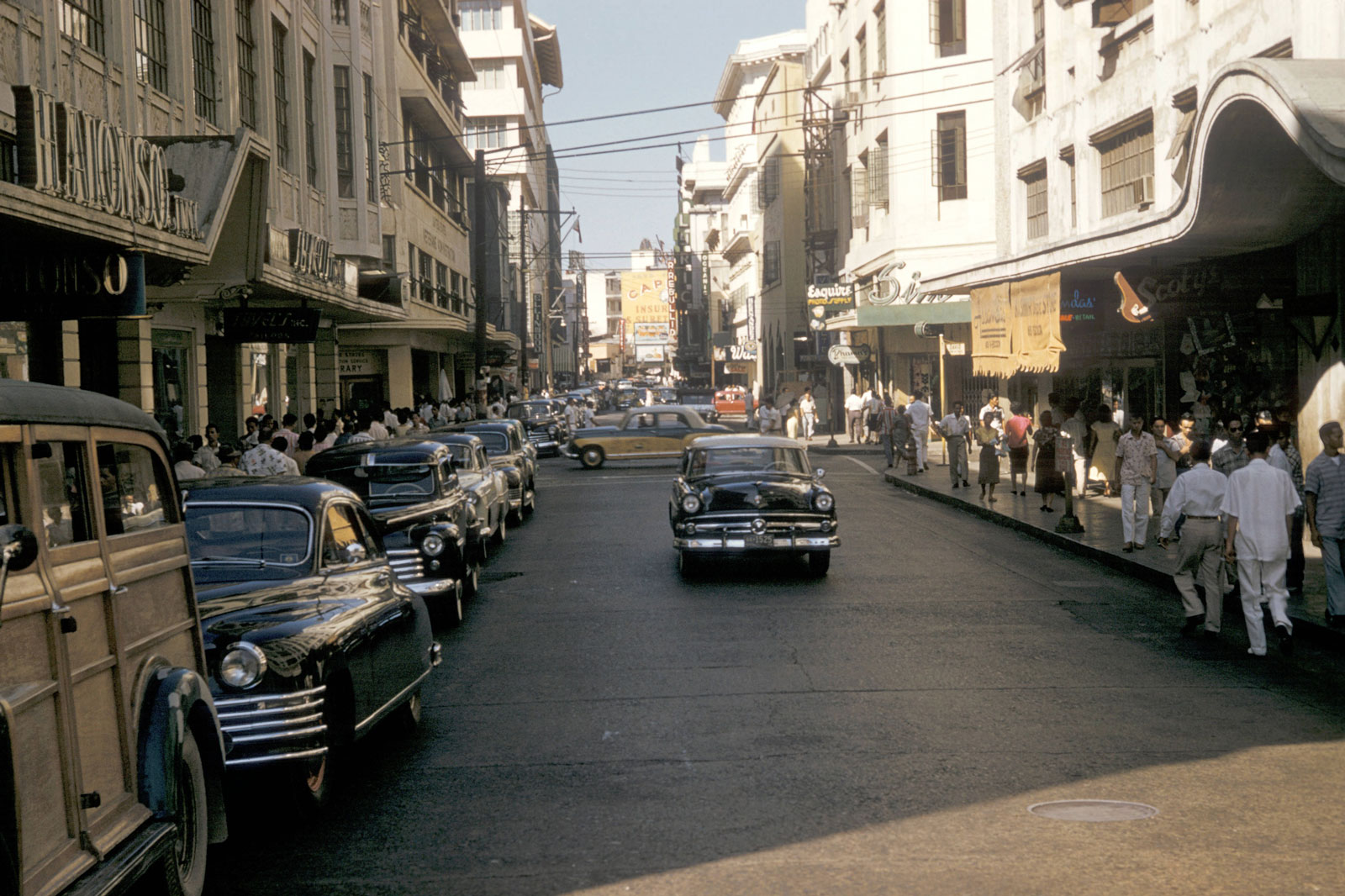
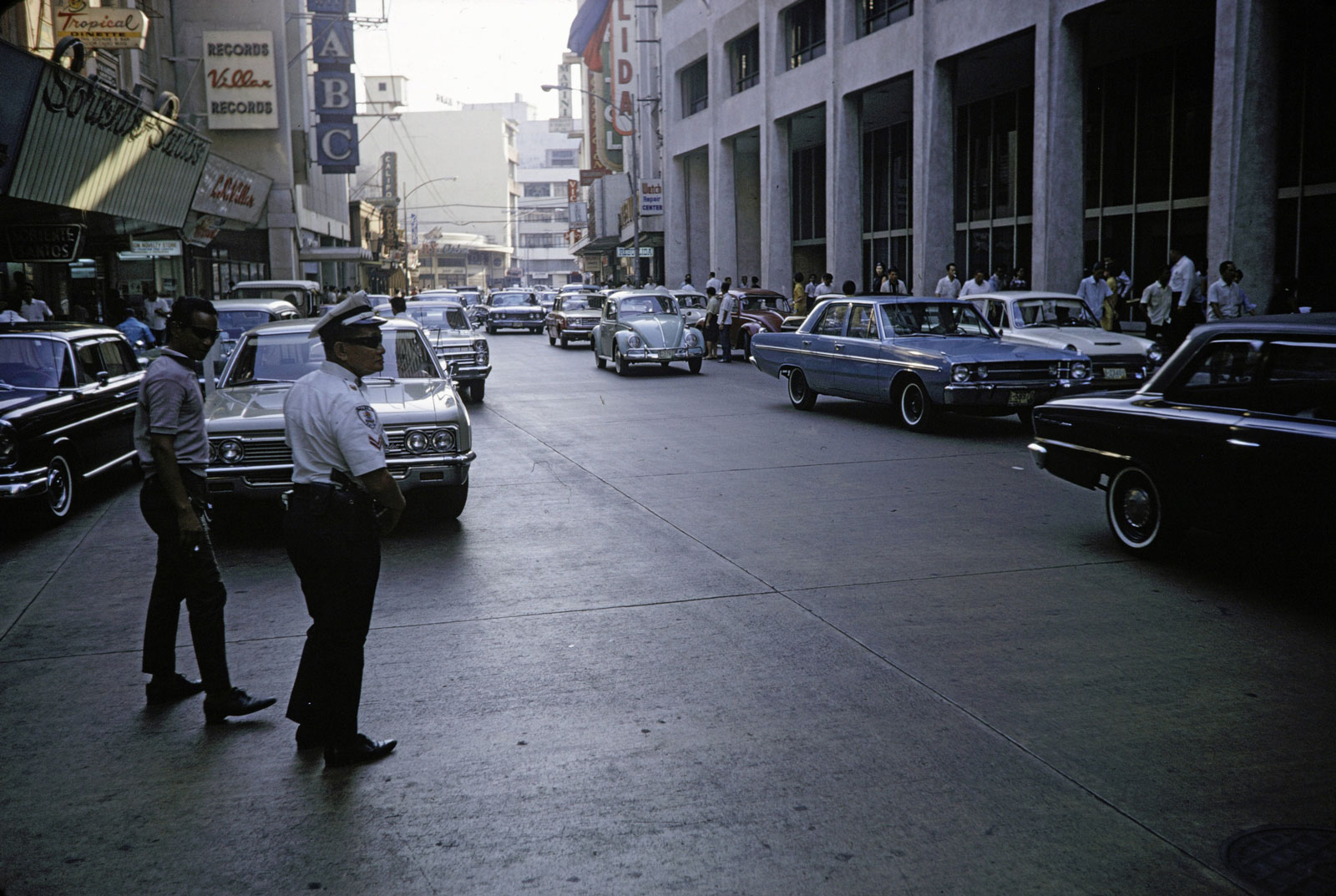
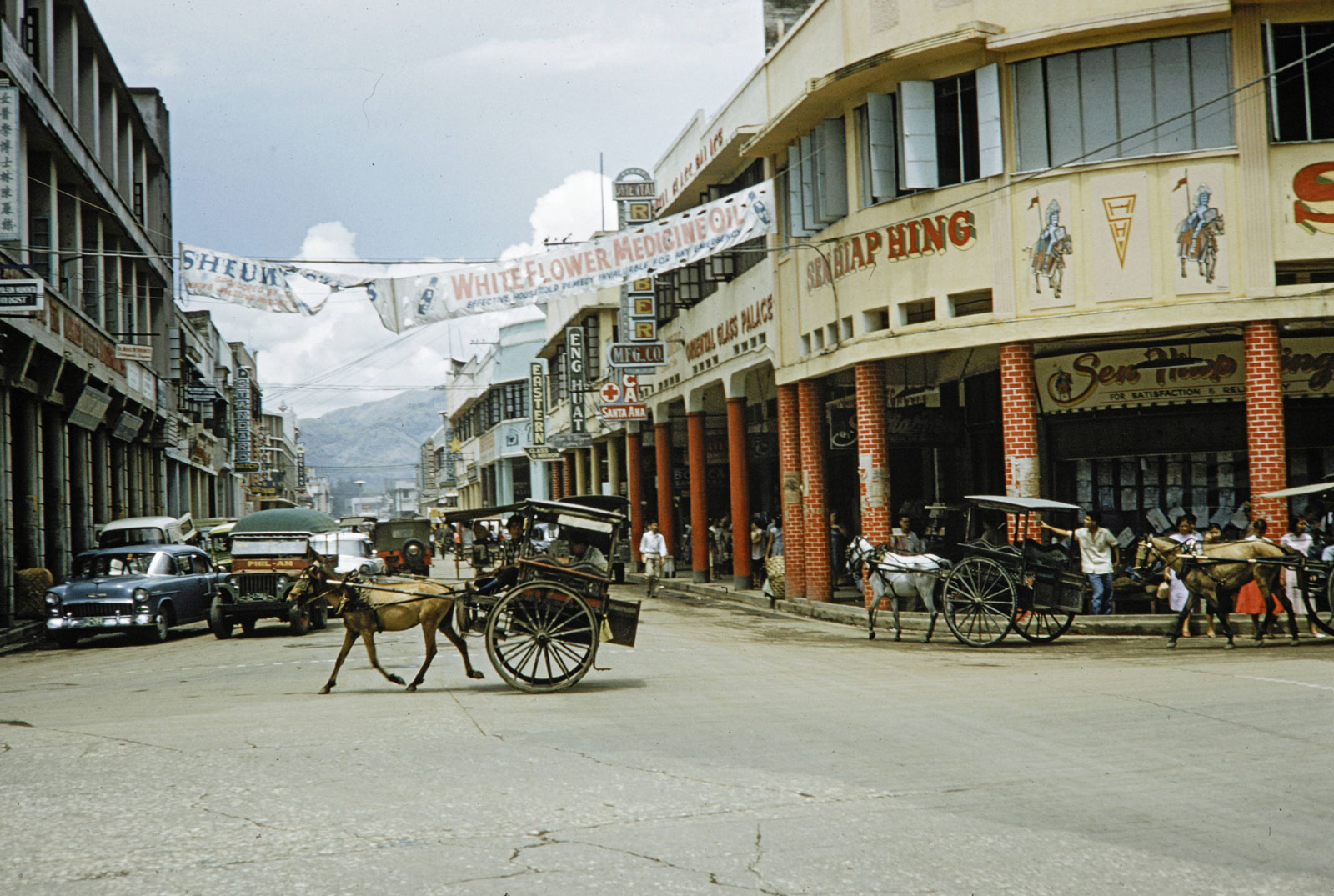
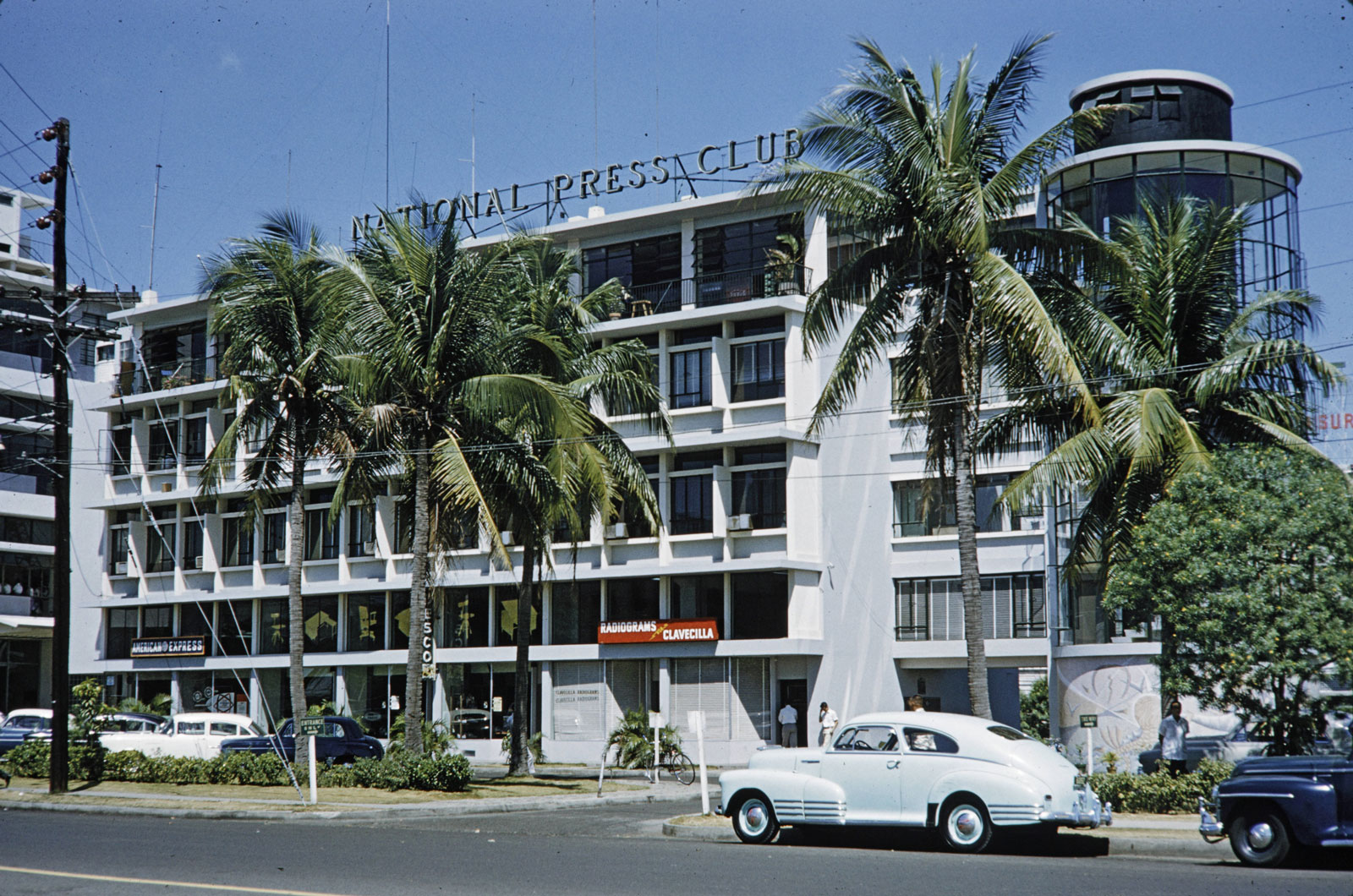
![[Photos] 15 shots of sleek, clean and stylish 1960s Manila](https://southeastasiaglobe.com/wp-content/uploads/2020/09/e7d9de4d.jpg)

